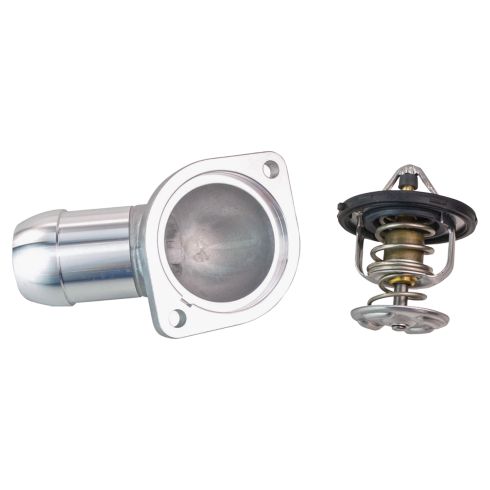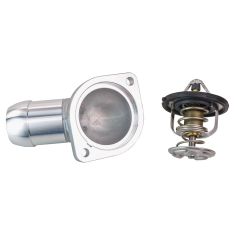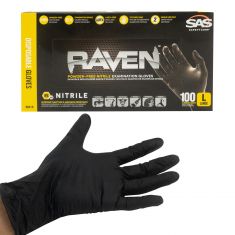ACEMX00014-Thermostat with Housing Assembly ACDelco 15-11057

Replaces
2001 Pontiac Firebird V8 5.7L Thermostat with Housing Assembly ACDelco 15-11057

Frequently bought together
Product Reviews
Loading reviews
5.00/ 5.0
4
4 reviews
December 14, 2018
Great job. Great parts. Great people. Will definitely use again and tell others too!
March 14, 2023
THE THERMOSTAT WORKS LIKE THE STOCK THERMOSTAT. ALONG WITH THE WATER PUMP. I WOULD RECOMMEND IT TO OTHERS
Working Great
December 27, 2023
Working Great!
February 4, 2024
Great so far.
Customer Q&A
Will this fit on an 8.1?
April 2, 2016
10
No
April 4, 2016
Brian F
Is the Thermostat OE temp or not EO temp?
March 6, 2022
Is the Thermostat OE temp or not OE temp?
March 6, 2022
10
Our parts are exact replacements for your vehicle's OEM parts. As long as your year, make, and model match up with our listing, these parts will directly fit and function like the originals.
March 7, 2022
Jessica D
what is the operating temperature for this product?
August 23, 2022
10
Hello, our parts are a direct replacement for the original and would operate at the same temperature as the original.
August 23, 2022
Ricale A
10
187. That's the only thermostat temperature available for the GM 5.3 liter engines.
August 24, 2022
E P
What temp will it open?
February 14, 2024
10
This spec is not listed or available to us. Our parts are exact replacements for your vehicle's OEM parts. As long as your vehicle specifications match up with our listing, these parts will directly fit and function like the originals.
February 14, 2024
Andra M
10
I just installed (this) a new thermostat in my Suburban. It opens at 180 and operates at 192. I was hoping to have a 192 thermostat for cold weather, but it runs only 180 when cold. It runs at 192 when it is above freezing and under load.
February 14, 2024
TheadUp T
10
ABOUT 190 degrees f
February 14, 2024
John R
Pontiac is a registered trademark of General Motors Company. 1A Auto is not affiliated with or sponsored by Pontiac or General Motors Company.
See all trademarks.














